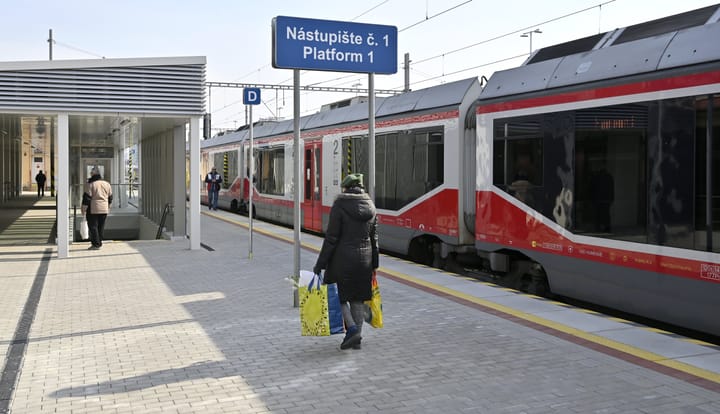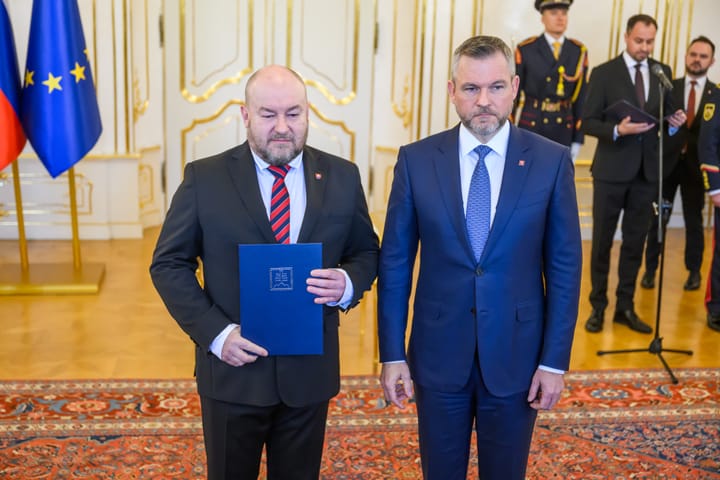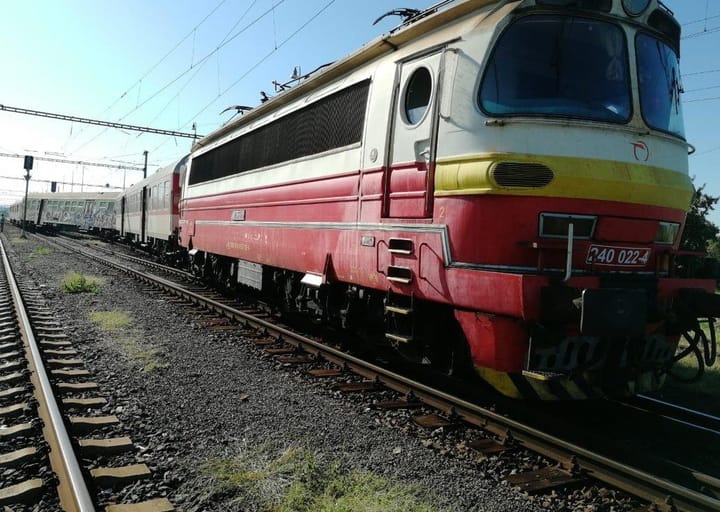Summer 2020: Bratislava Enchants You with History and Natural Beauty

Bratislava, July 17 (TASR) – A breath of history and natural landmarks can be found in Slovakia’s capital Bratislava. The Celts are known to have built a settlement here, while traces of Ancient Rome have been also discovered in the city.
Between the second and fourth centuries a Roman fortification called Gerulata was located in what is now the borough of Rusovce, while a settlement called Villa Rustica emerged near what is now Dubravka. Carnuntum, which was the capital of Upper Pannonia with a population of 70,000 at the time of the Roman Empire, is less than 20 kilometres from Bratislava in what is now Austria.
THE CASTLE: This is a truly dominant feature of Bratislava, dating back to pre-Slavic times and a later major Slavic state now known as Great Moravia. The castle was reconstructed during the reign of Holy Roman Empress and Queen of Hungary Maria Theresa (18th century), before being heavily damaged by fire in 1811. It was renovated in the 20th and 21st centuries.
THE OLD TOWN: The sights include Saint Martin’s Cathedral, the Primate’s Palace, St. Michael’s Tower (which offers a great panoramic view of the Old Town) and in fact the entire old part of the city with the unique local atmosphere of the ‘Bratislava korzo’ (promenade). Museum aficionados can visit the Slovak National Museum, City Museum and Transport Museum, the latter of which showcases old cars and locomotives, adjacent to the Main Railway Station. Diverse pieces of art can be viewed at the Slovak National Gallery, Bratislava City Gallery and other more minor venues.
DANUBE RIVER: Straddling one of Europe’s main rivers, Bratislava also offers walking opportunities on the banks of both the Old Town side and the side that is home to Petrzalka – Slovakia’s most populous borough. The Old Bridge, recently renovated and used only by trams, pedestrians and cyclists, connects the Old Town and riverside forests on the other side of the Danube.
GABCIKOVO/CUNOVO WATERWORKS: The huge water surface of the Danube River, resembling a small sea, has become the home of waterbirds, while the Danubiana gallery of modern art, sitting midstream, offers noteworthy cultural opportunities. The area also connects the borders of three European states – Slovakia, Hungary and Austria – and features a memorial to the Iron Curtain.
DEVIN CASTLE & MORAVA RIVER: The ruins on a solid rock towering above the confluence of Morava and Danube Rivers recalls the glorious past of the ancient Devin Castle, which also dates back to pre-Slavic times. The nearby Sandberg nature reserve provides a home to near passerine bird the European bee-eater, while Devinska Kobyla hill and forests along the Morava River represent unique biotopes.
KAMZIK, LESOPARK: Kamzik hill (440 metres) with its TV tower provides part of the local ambience. The hill and the Zelezna studienka (‘Iron Little Well’) tourist area are connected by a cableway.
PAJSTUN, BIELY KRIZ: The forests near Bratislava are replete with tourist and cycling paths, which also lead to Pajstun Castle in Borinsky kras, riddled with caves, and Biely Kriz (‘White Cross’) located on a Small Carpathian peak above Raca viticultural borough.
ZLATE PIESKY, SENEC: Bathing in the Zlate piesky (‘Golden Sands’) lakes on the outskirts or in Slnecne jazera (‘Sun Lakes’) in the nearby town of Senec are also among the leisure activities on offer in Bratislava.



